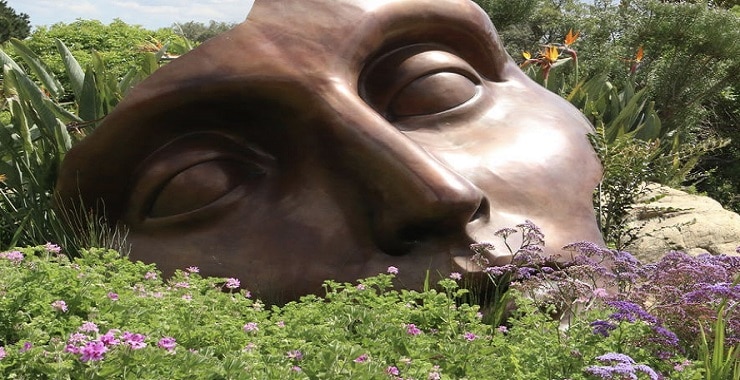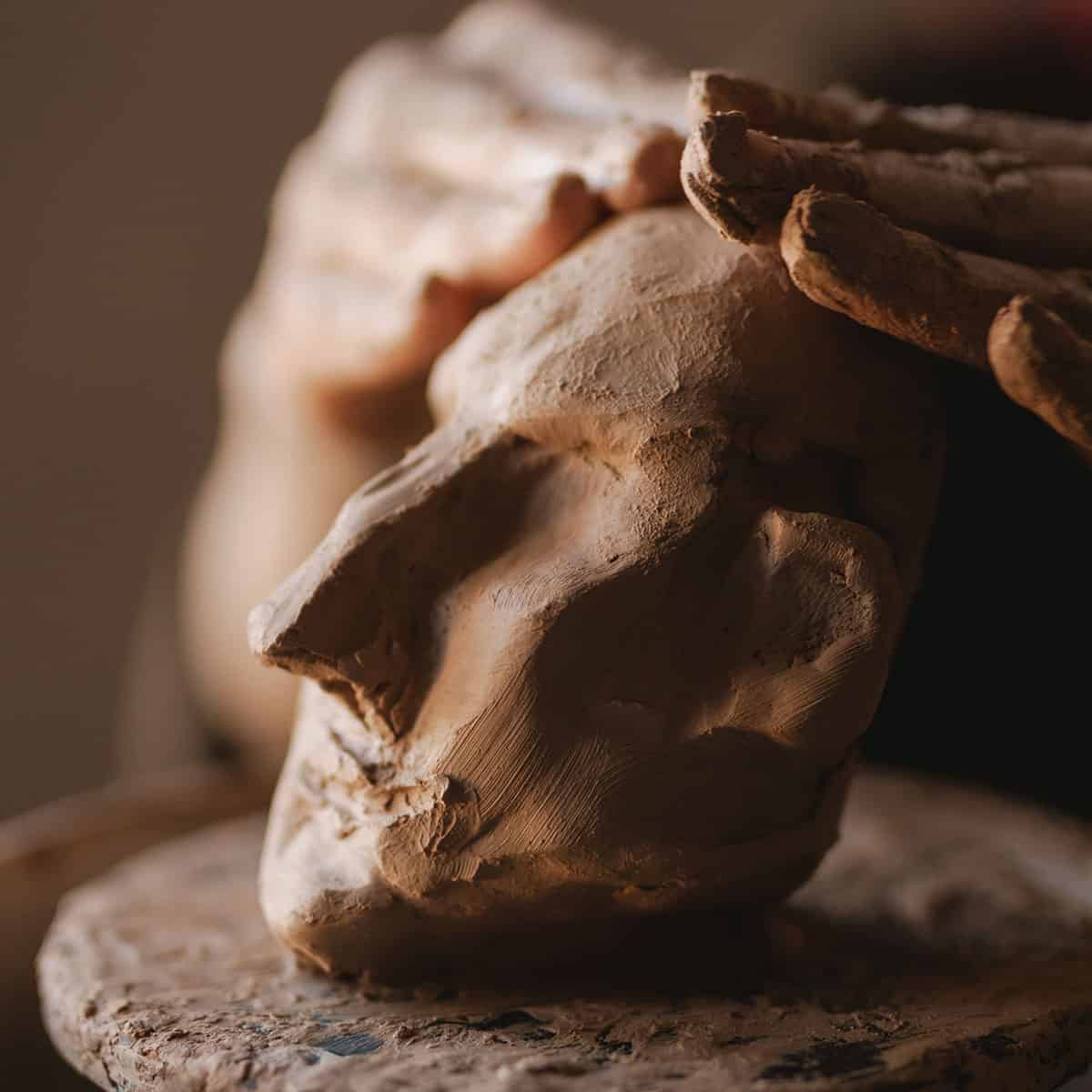Sculpture, an artistic form in which hard or plastic materials are worked into three-dimensional art objects. The designs may be embodied in freestanding objects, in reliefs on surfaces, or in environments ranging from tableaux to contexts. An enormous variety of media may be used, including clay, wax, stone, metal, fabric, glass, wood, plaster, rubber, and random found objects. Materials may be carved, modelled, moulded, cast, wrought, welded, sewn, assembled, or otherwise shaped and combined.
Sculpture is the branch of the visual arts that operates in three dimensions. It is one of the plastic arts. Durable sculptural processes originally used carving and modelling, in stone, metal, ceramics, wood and other materials but, since modernism, there has been an almost complete freedom of materials and process. A wide variety of materials may be worked by removal such as carving, assembled by welding or modelling, or moulded or cast.
The sculpturing course is designed to ensure you to produce a stimulating and rewarding sculpture project which allow you to develop your knowledge, skills, understanding and confidence in expressing your ideas and feelings through sculpture. You can choose to specialize in any form of sculpture, ceramic, wire, clay, stone, mixed media.

You will explore new skills, new materials, new techniques and an emerging you. At DOT we have experienced faculties who have seen over the years how making sculpture has the power to reveal themselves in their work. One of the wonderful parts of teaching sculpture is to see this emergence of the self through the three-dimensional storytelling and its evocations. For students, it often means letting go of some deep anxieties or the expression of powerful signifiers which reveal or reacquaint us with new or forgotten aspects of who we are.
Sculpture in stone survives far better than works of art in perishable materials, and often represents the majority of the surviving works of art in perishable materials, and often represents the majority of the surviving works from ancient cultures, though conversely, traditions of sculpture in wood may have vanished almost entirely. However, most ancient sculpture was brightly painted, and this has been lost.
Finally, sculpture since the 20th century has not been confined to the two traditional forming processes of carving and modelling or to such traditional natural materials like stone, metal, wood, ivory, bone, and clay. Because present-day sculptors use any materials and methods of manufacture that serve with their purpose, the art of sculpture can no longer be identified with any special materials or techniques.
Through all these changes, there is probably only one thing that has remained constant in the art of sculpture, and it is this that emerges as the central and abiding concern of sculptors.

